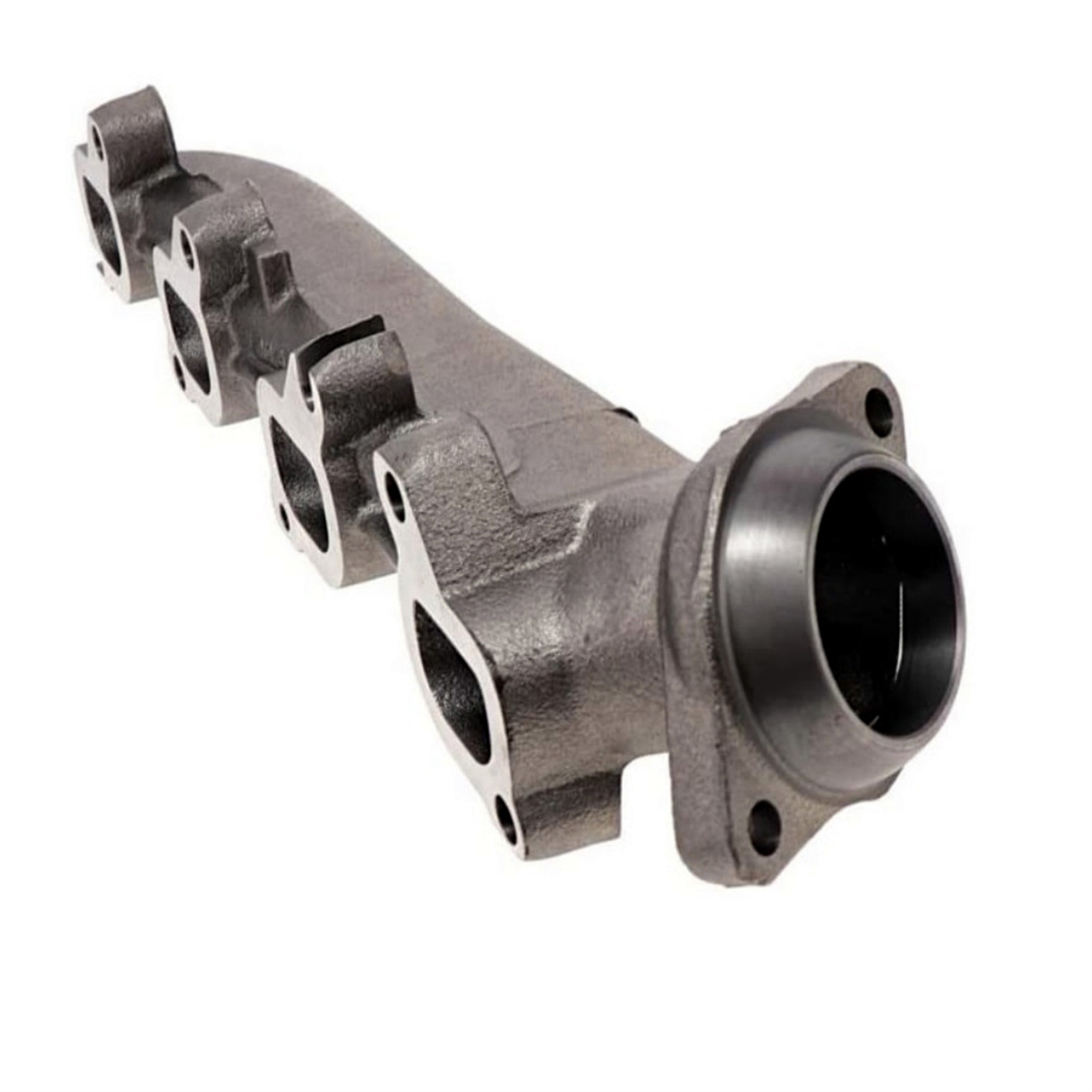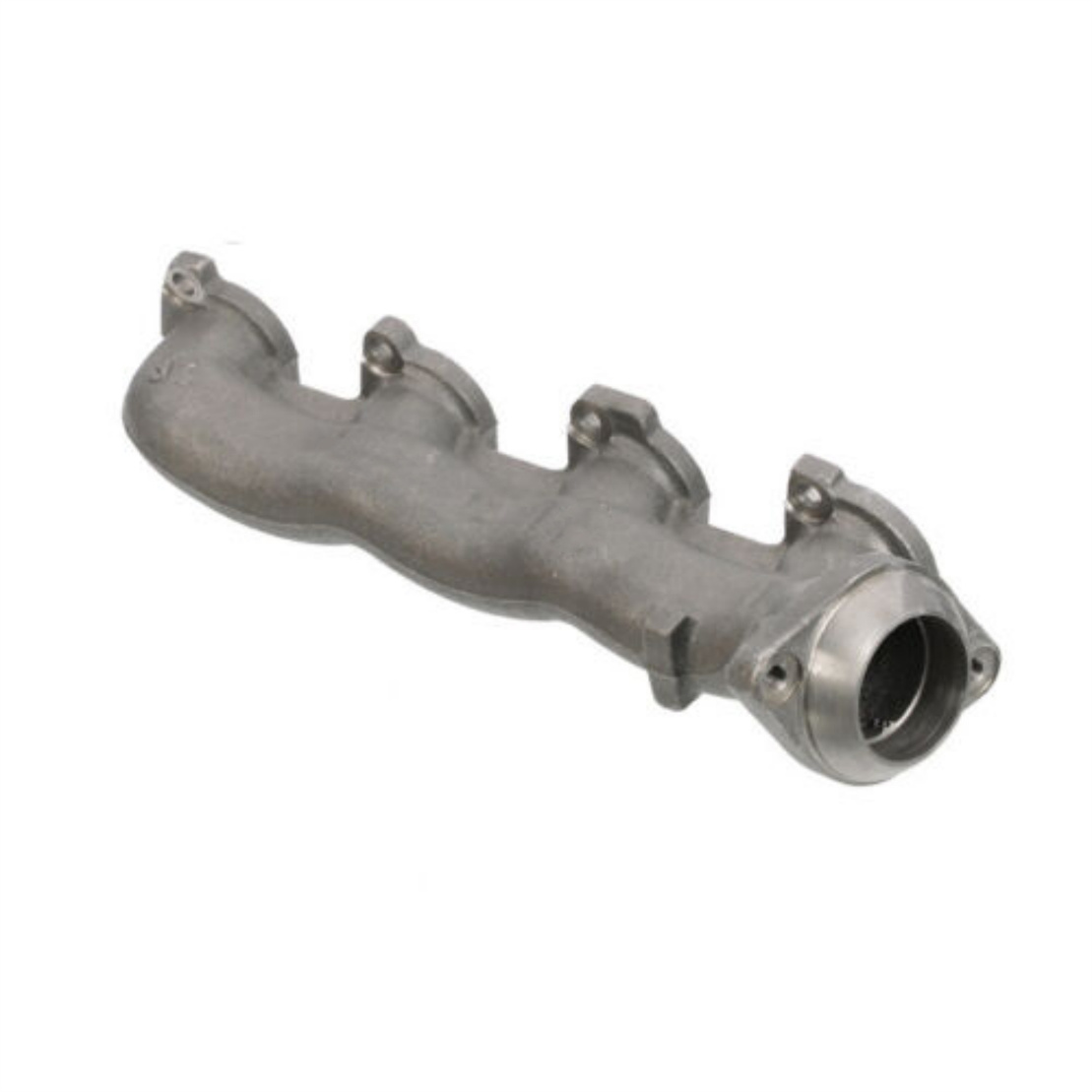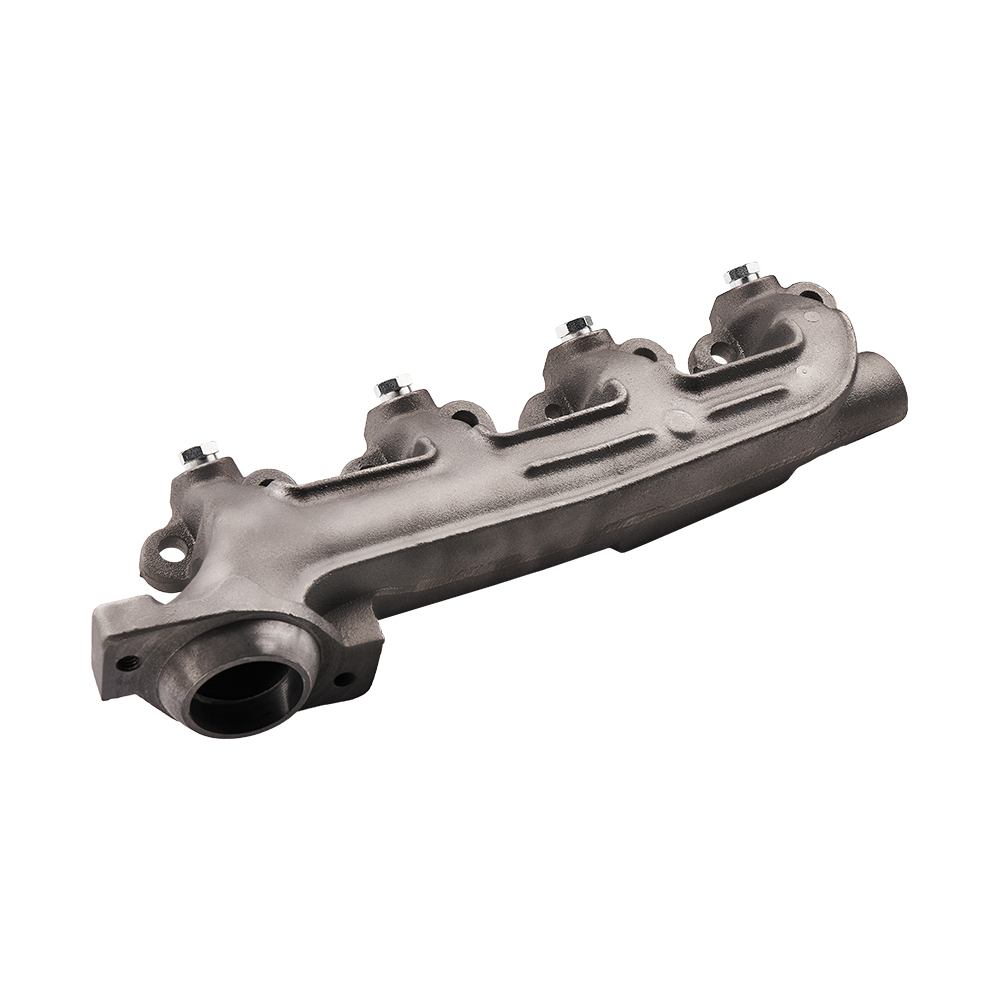
The exhaust manifold in your Ford 5.8L engine directs exhaust gases from the cylinders to the exhaust pipe. It endures extreme heat and pressure, making it prone to damage. Cracks, leaks, and gasket failures often occur. Addressing these issues quickly ensures the Ford Exhaust Manifold FORD 5.8L performs efficiently and prevents further engine damage.
Understanding the Ford Exhaust Manifold FORD 5.8L

What is the exhaust manifold and its function?
The exhaust manifold is a vital part of your Ford 5.8L engine. It collects exhaust gases from the engine’s cylinders and directs them into the exhaust pipe. This process ensures that harmful gases exit the engine efficiently. Without a functioning exhaust manifold, your engine would struggle to release exhaust gases, leading to performance issues.
In the Ford 5.8L engine, the exhaust manifold is made from durable materials like cast iron. This design helps it withstand the high temperatures and pressures generated during engine operation. Its square port shape matches the engine’s specifications, ensuring a proper fit and smooth flow of gases. By maintaining this component, you help your engine run cleaner and more efficiently.
Why the Ford 5.8L engine is prone to exhaust manifold issues?
The Ford 5.8L engine operates under intense conditions. High temperatures and constant pressure make the exhaust manifold vulnerable to damage. Over time, the heat can cause the manifold to warp or crack. These issues often lead to leaks, which reduce engine efficiency and increase emissions.
Another common problem involves the gaskets and bolts. Repeated heating and cooling cycles weaken these parts, causing them to fail. When this happens, you may notice unusual noises or a drop in engine performance. The Ford Exhaust Manifold FORD 5.8L is designed to handle these challenges, but regular maintenance is key to preventing long-term damage.
Common Problems with the Ford Exhaust Manifold FORD 5.8L

Cracks and leaks
Cracks and leaks are among the most frequent issues you might encounter with the Ford Exhaust Manifold FORD 5.8L. The manifold endures extreme heat during engine operation. Over time, this heat can cause the cast iron material to develop small cracks. These cracks allow exhaust gases to escape before reaching the exhaust pipe. When this happens, you may notice a ticking noise or a strong smell of exhaust fumes near the engine. Ignoring these signs can lead to reduced engine performance and increased emissions. Regular inspections help you catch these problems early.
Warping from high temperatures
High temperatures can also cause the manifold to warp. When the manifold warps, it no longer seals properly against the engine block. This creates gaps where exhaust gases can leak out. Warping often occurs when the engine experiences repeated heating and cooling cycles. You might notice a drop in fuel efficiency or hear unusual noises coming from the engine bay. Addressing warping promptly prevents further damage to the Ford Exhaust Manifold FORD 5.8L and other engine components.
Gasket and bolt failures
Gaskets and bolts play a crucial role in securing the manifold to the engine. Over time, these parts weaken due to constant exposure to heat and pressure. A failing gasket can result in exhaust leaks, while loose or broken bolts may cause the manifold to detach slightly. This can lead to vibrations, noise, and even damage to nearby parts. Replacing worn gaskets and bolts ensures the manifold stays firmly in place and functions as intended.
Detecting Exhaust Manifold Issues Early
Visible signs of damage
You can often spot exhaust manifold problems by inspecting the engine bay. Look for visible cracks or discoloration on the manifold surface. Cracks may appear as thin lines, while discoloration often results from escaping exhaust gases. Check for soot or black residue around the manifold and gasket area. These marks indicate leaks where gases are escaping. If you notice any of these signs, it’s time to address the issue before it worsens.
Unusual noises and odors
Pay attention to the sounds your engine makes. A ticking or tapping noise during acceleration often points to an exhaust manifold leak. This sound occurs when gases escape through cracks or gaps in the manifold. Additionally, a strong smell of exhaust fumes inside the cabin or near the engine bay signals a problem. Exhaust gases leaking from the manifold can enter the vehicle, posing a safety risk. Detecting these noises and odors early helps you avoid further damage to the Ford Exhaust Manifold FORD 5.8L.
Performance and efficiency loss
Exhaust manifold issues can affect your engine’s performance. You might notice reduced power during acceleration or a drop in fuel efficiency. Leaks in the manifold disrupt the flow of exhaust gases, causing the engine to work harder. This inefficiency can lead to higher fuel consumption and increased emissions. Addressing these problems promptly ensures your engine runs smoothly and maintains optimal performance.
Fixing Exhaust Manifold Problems in Ford 5.8L Engines
Tools and materials needed
Before starting repairs, gather the necessary tools and materials. You will need a socket wrench set, torque wrench, penetrating oil, and a pry bar. A wire brush and sandpaper will help clean surfaces. For replacements, have a new Ford Exhaust Manifold FORD 5.8L, gaskets, and bolts ready. Safety gear like gloves and safety glasses is also essential.
Safety precautions
Safety should always come first. Allow the engine to cool completely before working on it. Hot components can cause burns. Work in a well-ventilated area to avoid inhaling exhaust fumes. Use jack stands if you need to lift the vehicle. Always double-check that the engine is off and the battery is disconnected.
Repairing cracks and leaks
To fix cracks, clean the damaged area with a wire brush. Apply a high-temperature epoxy or exhaust repair paste to seal the crack. For leaks, inspect the manifold for gaps or loose bolts. Tighten bolts to the manufacturer’s specifications. If the leak persists, consider replacing the manifold.
Replacing the exhaust manifold
Start by removing the old manifold. Loosen and remove the bolts securing it to the engine. Use penetrating oil to ease stubborn bolts. Carefully detach the manifold and clean the mounting surface. Install the new Ford Exhaust Manifold FORD 5.8L, ensuring it aligns properly. Secure it with new bolts and tighten them evenly.
Installing new gaskets and bolts
Replace the old gasket with a new one. Position it between the manifold and the engine block. Ensure it fits snugly to prevent leaks. Use new bolts to secure the manifold. Tighten them in a crisscross pattern to distribute pressure evenly. Follow the torque specifications for a proper seal.
Cost Breakdown for Ford Exhaust Manifold FORD 5.8L Repairs
Parts costs (manifold, gaskets, bolts)
When repairing the exhaust manifold, parts costs can vary depending on the quality and source. A replacement Ford Exhaust Manifold FORD 5.8L typically costs between $150 and $300. Gaskets, which ensure a proper seal, range from $10 to $50. Bolts, often sold in sets, cost around $10 to $30. These prices reflect high-quality components designed to meet OEM standards. Choosing reliable parts ensures durability and optimal performance for your engine.
Labor costs for professional repairs
If you opt for professional repairs, labor costs will depend on the mechanic’s hourly rate and the complexity of the job. Replacing an exhaust manifold usually takes 2 to 4 hours. With labor rates ranging from $75 to $150 per hour, you can expect to pay $150 to $600 for labor alone. Some shops may charge additional fees for diagnostics or disposal of old parts. Always request a detailed estimate before proceeding with repairs.
DIY vs. professional repair cost comparison
DIY repairs can save you money, but they require time, tools, and mechanical knowledge. For example, replacing the manifold yourself might cost $200 to $400 for parts and tools. Professional repairs, on the other hand, could total $400 to $900, including labor and parts. If you have the skills and tools, DIY repairs are cost-effective. However, professional repairs ensure precision and save you time. Consider your experience and budget when deciding.
Tip: Investing in quality parts like the Ford Exhaust Manifold FORD 5.8L can reduce long-term repair costs by improving reliability.
Identifying and fixing exhaust manifold problems in your Ford 5.8L engine ensures optimal performance and prevents costly repairs. Regular maintenance helps you catch issues early, extending the life of your engine. Addressing problems promptly avoids further damage and keeps your vehicle running efficiently. Take action today to protect your engine’s health!
Post time: Jan-13-2025



